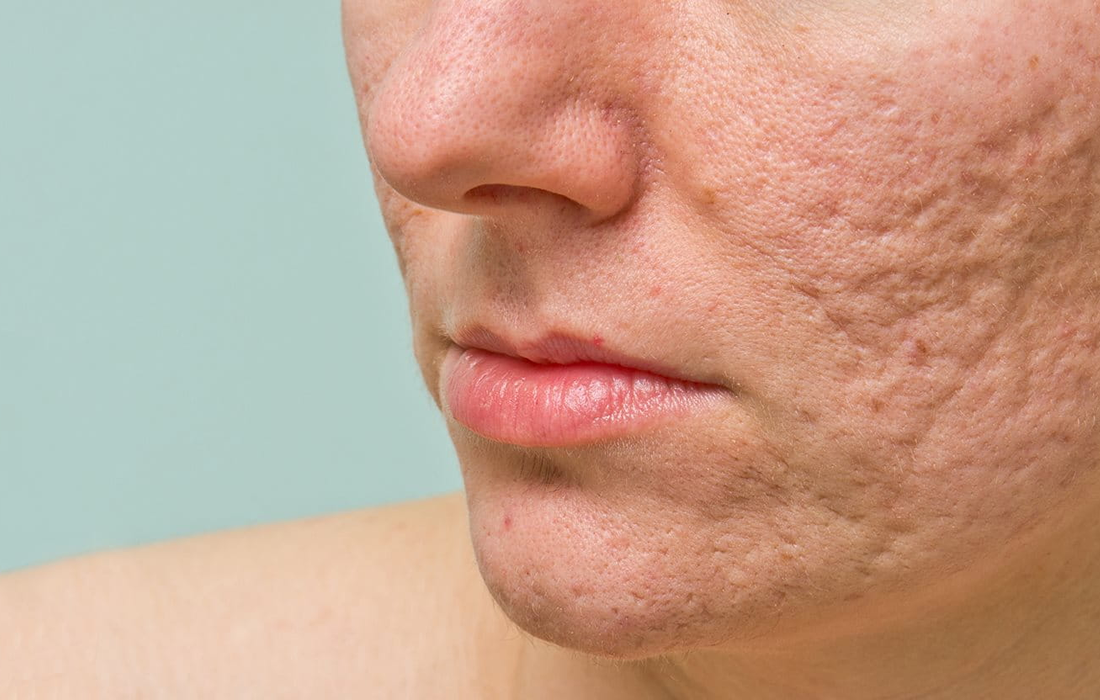Anti-Aging
How Fat Cells in the Skin Help Fight Acne
Acne is among the most common skin diseases in the United States, according to the American Academy of Dermatology Association, affecting up to 50 million Americans each year. It is also among the least studied.
It’s known that hair follicles assist in the development of a pimple, but new research suggests the skin cells outside of these hair follicles play a larger role.
The cells are called fibroblasts, common in connective tissues throughout the body. In skin, they produce an antimicrobial peptide called cathelicidin, which plays a key role in acne development.
To counter an infection within a hair follicle, the surrounding skin undergoes a process called reactive adipogenesis in which fibroblasts transform into fat cells. Cathelicidin is produced as well to help combat the infection by suppressing bacteria that can cause acne.
Currently, retinoid treatment focuses on controlling the development of lipids in skin cells. One major side effect of these drugs are their teratogenic effects, causing fetal abnormalities in pregnant people. This limits the use of these drugs to only severe cases.
Researchers have discovered a specific antimicrobial skin cell and the role it plays in acne development
The research team performed skin biopsies on acne patients treated for several months with retinoids, a class of chemicals derived from vitamin A found to promote skin health. To the researchers’ surprise, the drug enhanced cathelicidin expression after treatment, thus finding an additional, unknown mechanism for why retinoids help treat acne.
To support these findings, researchers studied skin lesions on mice injected with the acne-causing bacteria and observed similar treatment responses in the mice.
This research could assist in identifying new treatment options that specifically target the fibroblast’s ability to produce cathelicidin. Thus creating a therapeutic for acne that would be more selective with potentially less harmful side effects.
SOURCE:
Alan M. O’Neill, Marc C. Liggins, Jason S. Seidman, Tran H. Do, Fengwu Li, Kellen J. Cavagnero, Tatsuya Dokoshi, Joyce Y. Cheng, Faiza Shafiq, Tissa R. Hata, Johann E. Gudjonsson, Robert L. Modlin, Richard L. Gallo. Antimicrobial production by perifollicular dermal preadipocytes is essential to the pathophysiology of acne. Science Translational Medicine, 2022; 14 (632) DOI: 10.1126/scitranslmed.abh1478
IMAGE:

